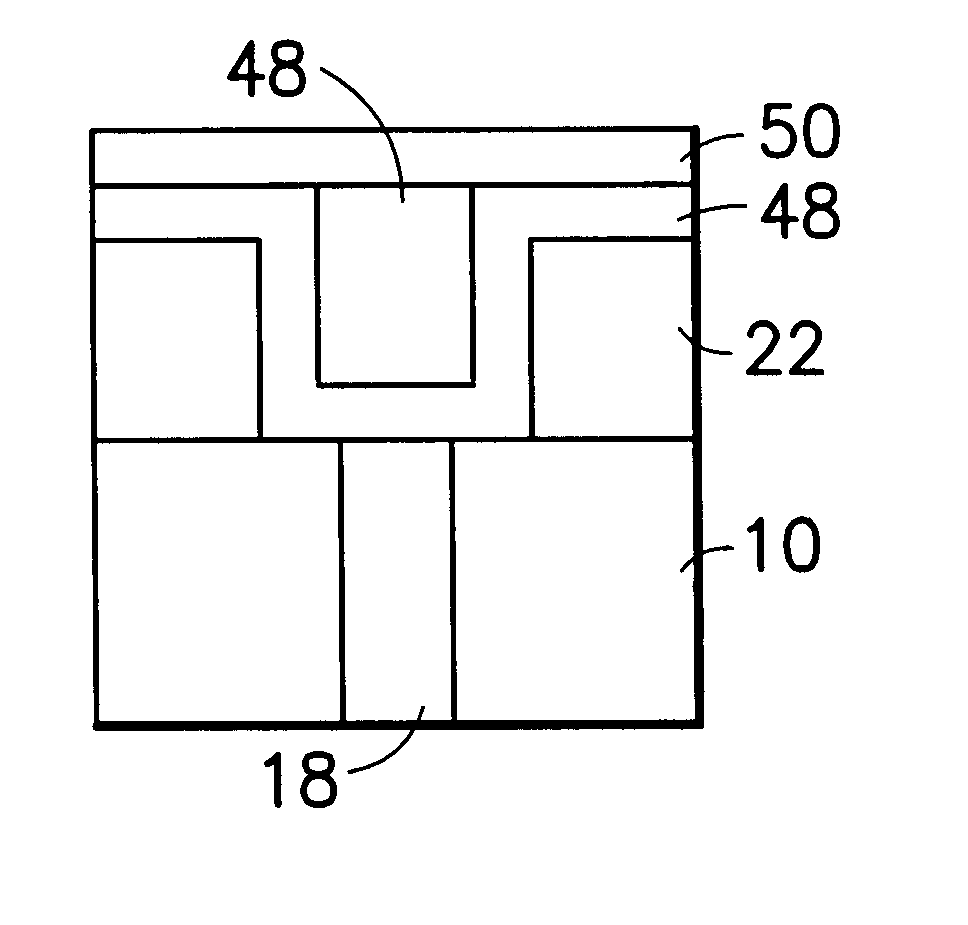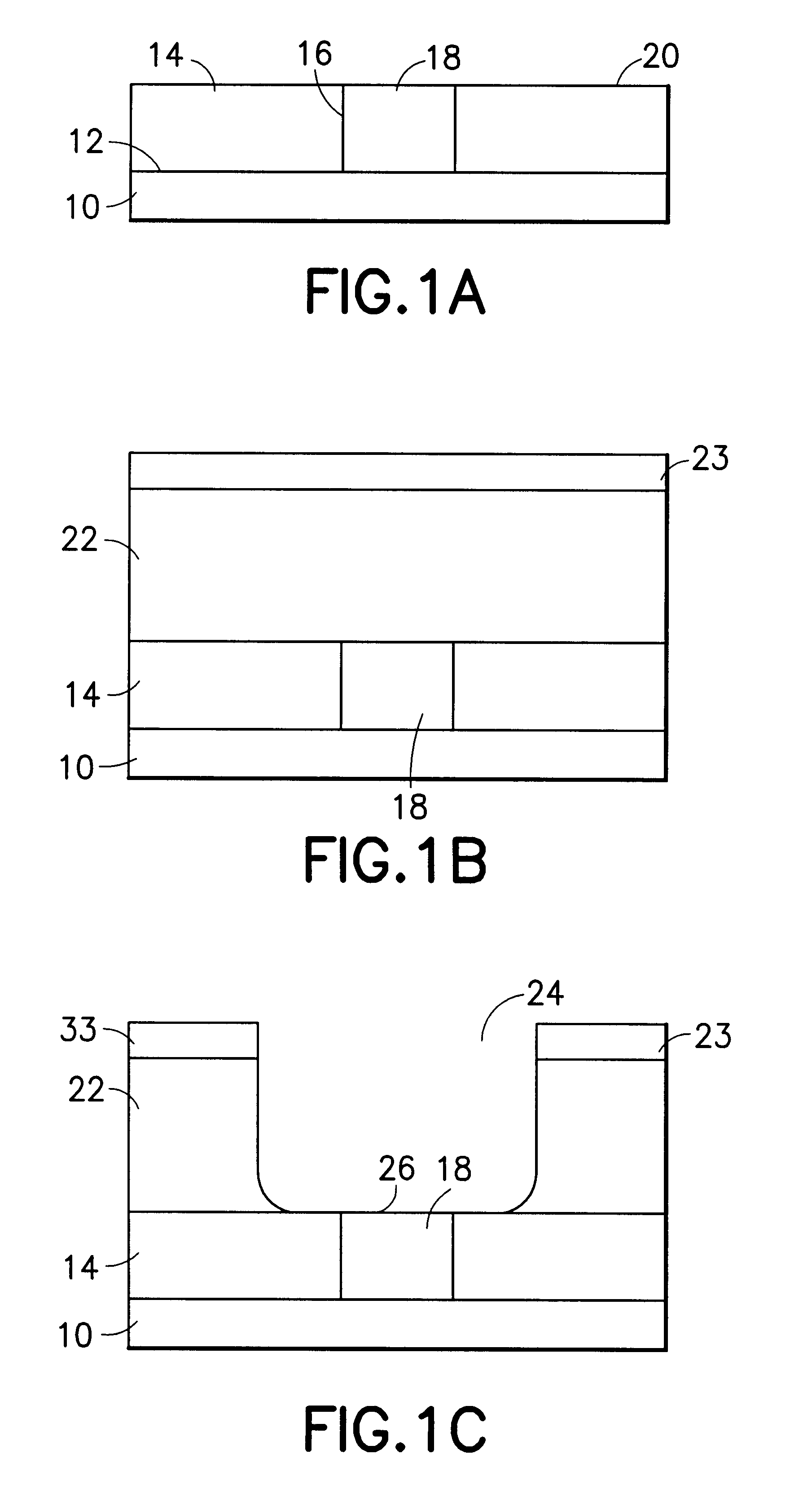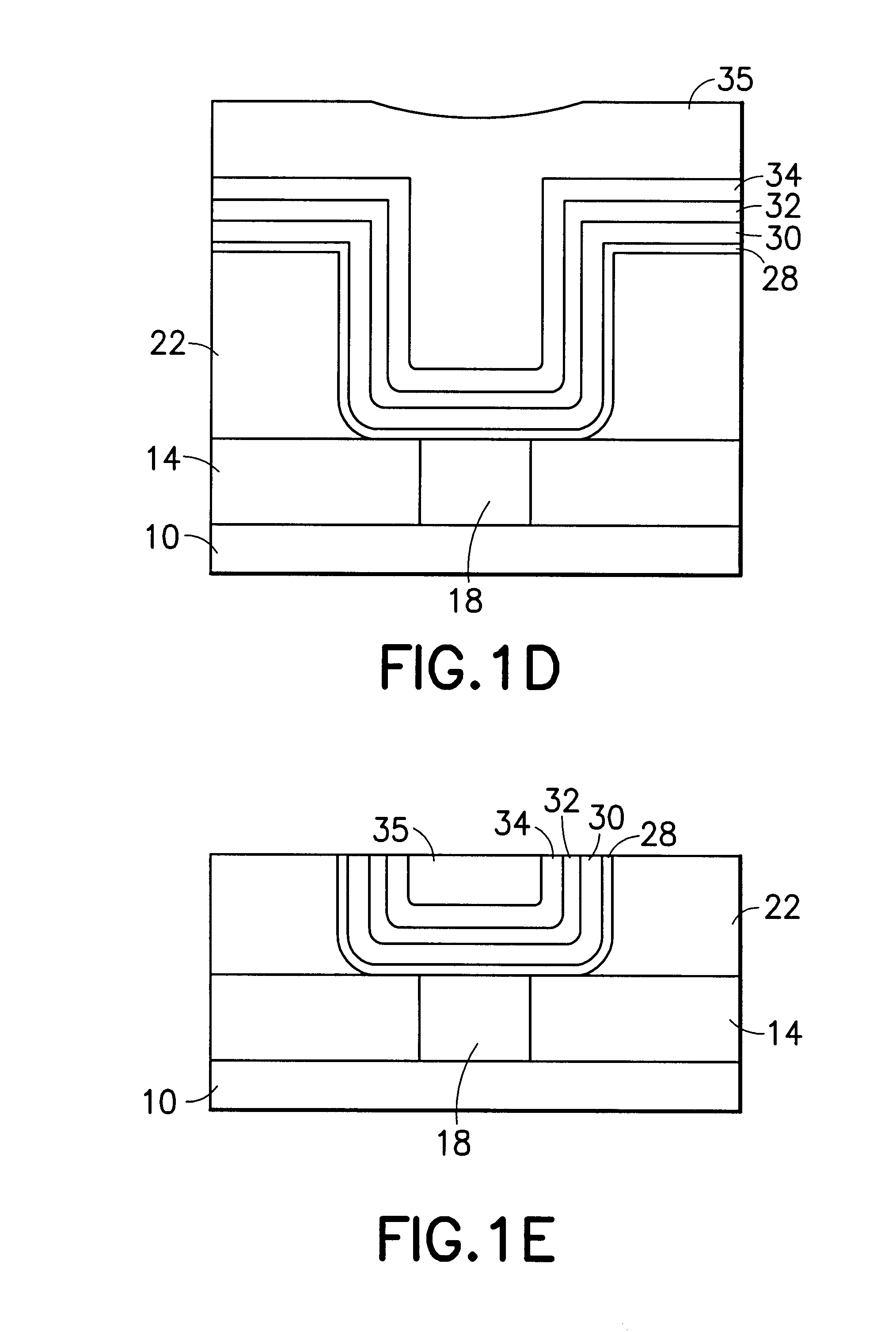Compositions and structures for chemical mechanical polishing of FeRAM capacitors and method of fabricating FeRAM capacitors using same
a technology of feram capacitors and compositions, applied in the field of compositions and structures for chemical mechanical polishing of feram capacitors, can solve the problems of deformation of pads, deformation of unwanted structures at the edges of electrodes, and difficult sub-micron patterning of both noble metals and ferroelectric films, so as to reduce the susceptibility of device structures to short-circuiting or high leakage current behavior
- Summary
- Abstract
- Description
- Claims
- Application Information
AI Technical Summary
Benefits of technology
Problems solved by technology
Method used
Image
Examples
Embodiment Construction
The disclosure of U.S. patent application No. 08 / 975,366 filed Nov. 20, 1997 in the names of Peter C. Van Buskirk and Peter S. Kirlin for "Chemical Mechanical Polishing of FeRAM Capacitors" and issued as U.S. Pat. No. 5,976,928 on Nov. 2, 1999, hereby is incorporated herein by reference in its entirety.
The method of the present invention permits the formation of a microelectronic device structure including forming a capacitor recess dielectric material and device structure materials on a substrate, in which the device structure materials are removed during processing to a planarization depth therein by chemical mechanical polishing (CMP). In accordance with the invention, the capacitor recess dielectric material is formed to contain a stop layer at the desired planarization depth in the dielectric insulating material. The stop layer has a substantially lower CMP removal rate than the dielectric insulating material under CM, conditions, so that the removal of the device structure mat...
PUM
| Property | Measurement | Unit |
|---|---|---|
| size | aaaaa | aaaaa |
| size | aaaaa | aaaaa |
| size | aaaaa | aaaaa |
Abstract
Description
Claims
Application Information
 Login to View More
Login to View More - R&D
- Intellectual Property
- Life Sciences
- Materials
- Tech Scout
- Unparalleled Data Quality
- Higher Quality Content
- 60% Fewer Hallucinations
Browse by: Latest US Patents, China's latest patents, Technical Efficacy Thesaurus, Application Domain, Technology Topic, Popular Technical Reports.
© 2025 PatSnap. All rights reserved.Legal|Privacy policy|Modern Slavery Act Transparency Statement|Sitemap|About US| Contact US: help@patsnap.com



